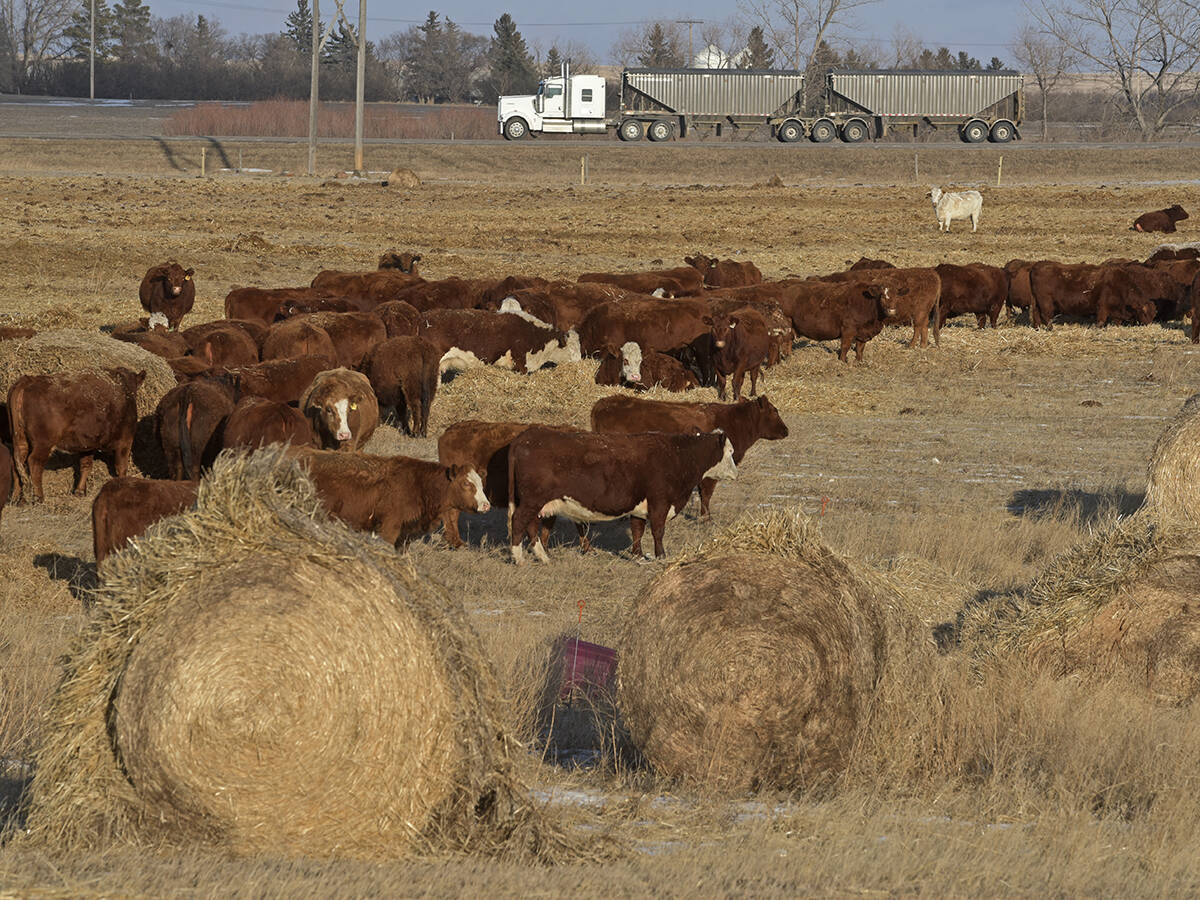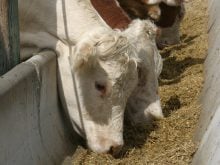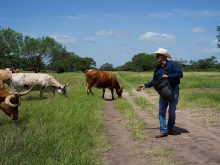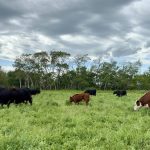RED DEER — A red and white worm called Haemonchus contortus is alive and well in Western Canada.
The internal parasite, which is also known as the barber pole worm, can kill sheep by causing severe anemia.
It joins the growing list of parasites that are resistant to all available drugs.
Eighty-six percent of farmers in 77 countries report resistance to dewormers for sheep.
“The problem with diagnosis of resistance is usually you don’t find it right away. You find it when you have about 25 percent of the worms that are resistant, and at that time it is a little bit late in the game,” said Michel Levy of the University of Calgary’s veterinary faculty, who is surveying the problem.
Read Also

Canadian Cattle Association hopeful of agreement with Alberta group
The Canadian Cattle Association is optimistic the two parties will work through the issues ABP identified and resolve them before the July 1, 2026, withdrawal date.
“If we are going to do anything about finding resistance, we need to develop ways to make the diagnosis faster.”
Resistance is a heritable trait in worms and existed before anthelmintics were available.
A 2014 parasite study in Western Canada found resistance and significant parasite loads. The study expanded this year to assess the prevalence, distribution and po-tential anthelmintic resistance of all potential parasites.
“Most of the farms we looked at had resistance to two commonly used dewormers,” he told the Alberta Sheep Symposium, which was held in Red Deer Oct. 21-22.
“Haemonchus is the one that will cause more problems.”
The worm is a prolific egg producer, depositing 5,000 to 10,000 eggs per day. It is also a blood sucker, which causes anemia and a bottle jaw that looks like a double chin.
The study also found the nematode Teladorsagia circumcincta, which are brownish worms that puncture the walls of the glands of the abomasums in sheep and goats.
“The animals are low in protein and have the same type of bottle jaw, but they are not anemic,” he said.
They are typically picked up on pasture where larvae overwinter.
Teladorsagia is well adapted to cold and snow, but the barber pole is not well adapted to cold temperatures.
“This is a belief that is starting to change because even in the northern European countries, they actually can find Haemonchus that survived the winter,” said Levy.
Producers can determine the extent of the problem by collecting feces to find out how many eggs are present. Put 10 to 20 ewes in the corner of a pasture and pick up their manure or collect feces directly from the rectum. Place it in a Ziploc bag and then either put it in a cooler right away or send it to a diagnostic laboratory.
“If a dewormer is effective, you should have a reduction of 95 percent of the egg count two weeks after you give the drug,” he said.
















